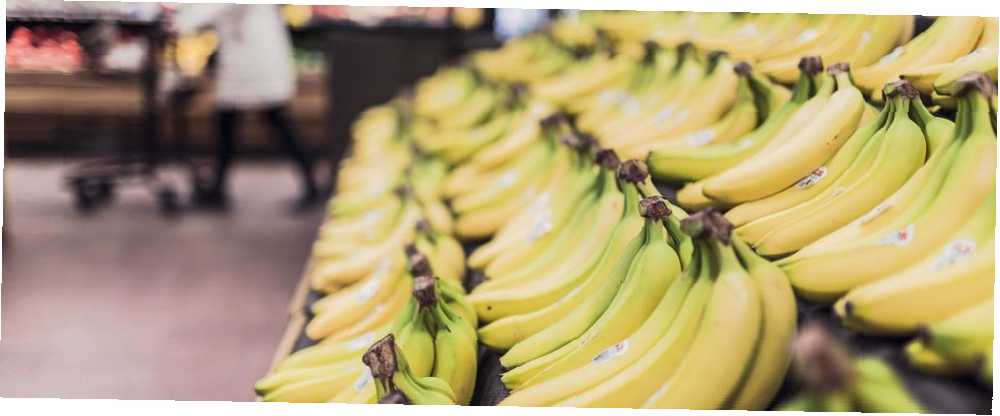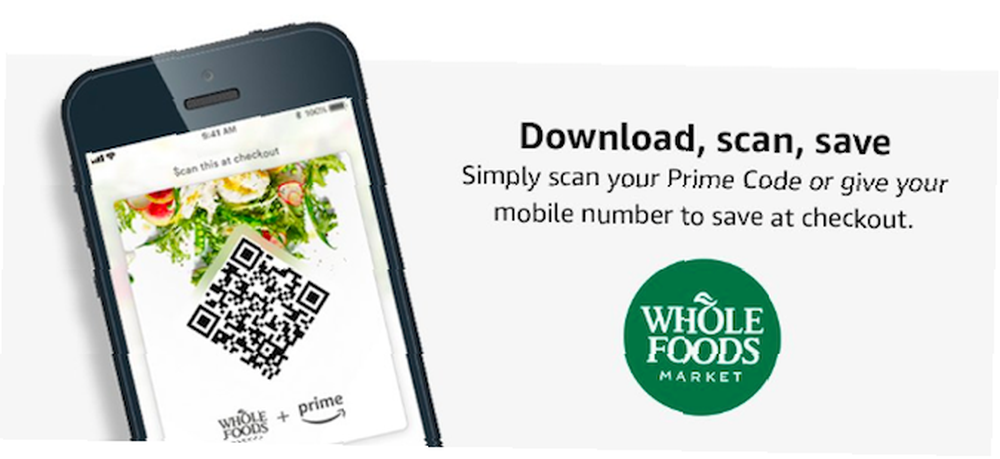
Gabriel Brooks
1545
8204
477
Osim mnogih pogodnosti za članove Amazon Prime, stanovnici SAD-a od danas mogu dobiti i popuste u trgovinama Whole Foods širom zemlje..
Glavni članovi (uključujući one koji su članovi Amazonskog kućanstva) mogu iskoristiti tjedne popuste i dodatnih 10 posto sniženih prodajnih cijena, mada se isključenja mogu odnositi i na potonje.
Da biste pronašli posebne ponude za Amazon Prime, samo potražite predmete sa žutom naljepnicom od 10 posto ili plavom naljepnicom ponude za članove Amazon Prime.

Kako doći do najpovoljnijih popusta na Amazon na cjelovite namirnice
Da biste iskoristili prednost ove prednosti, imate dvije mogućnosti.
Opcija 1: Koristite aplikaciju Tržište cjelovite hrane

Druga je mogućnost povezati svoj telefonski broj s računom na Amazonu, a kad unesete svoj broj u trgovinu, primjenjivat će se dostupni popusti.
Možete dodati svoj broj putem aplikacije. slavina Račun a ako je vaš račun već povezan s vašim računom, prebacite opciju za korištenje vašeg mobilnog broja pri odjavi. Možete odabrati i korištenje drugog mobilnog broja.
Ako aplikaciju uopće ne želite preuzeti, možete dodati svoj broj tako da u pregledniku otvorite postavke Amazon Prime Whole Foods. Pod, ispod Dva načina za uštedu pri odjavi, idite na opciju broj 2: Koristite svoj mobilni broj i kliknite Ažurirajte postavke.
Možete potvrditi ili promijeniti svoj broj i uključiti značajku.
Kako djeluje aplikacija cjelovite hrane

Usluga bi sada trebala biti dostupna u cijeloj državi, a 27. lipnja u svim prodavaonicama. Nakon što postavite aplikaciju, vaš QR kôd koji se može skenirati u trgovini tijekom oduzimanja, bit će vidljiv čim otvorite aplikaciju.
Ako želite saznati što se prodaje, prije nego što se uputite u trgovinu, dodirnite gumb Štednja možete vidjeti sve dostupne ponude i kada ističu.
Započnite dobivati premium popuste na Whole Foods ovom vezom! Ovo je samo jedan od mnogih pogodnosti koje su sada dostupne Amazon Prime korisnicima 7 novih prednosti Amazona Prime koje niste znali o 7 novih prednosti Amazona Prime koje niste znali o vama. Ne treba vam Prime da biste koristili Amazon. Ali Amazon Prime dolazi s nekoliko manje poznatih prednosti koje možda još niste isprobali. .











